Mer Bleue Bog is a 33.43 km2 (12.91 sq mi) protected area in Ottawa. It is the largest bog and natural area in Canada’s Capital Region and the second-largest bog in southern Ontario..Its main feature is a sphagnum bog that is situated in an ancient channel of the Ottawa River and is a remarkable boreal-like ecosystem normally not found this far south. Stunted black spruce, tamarack, bog rosemary, blueberry, and cottongrass are some of the unusual species that have adapted to the acidic waters of the bog.
The area provides habitat for many species, including beaver, muskrat, painted turtles and waterfowl.
We chose the right day to walk the boardwalk at Mer Bleue. We found 10 moccasin plants. I had never seen any there before, although I have seen other orchids there. The moccasins flowers seemed quite fresh.

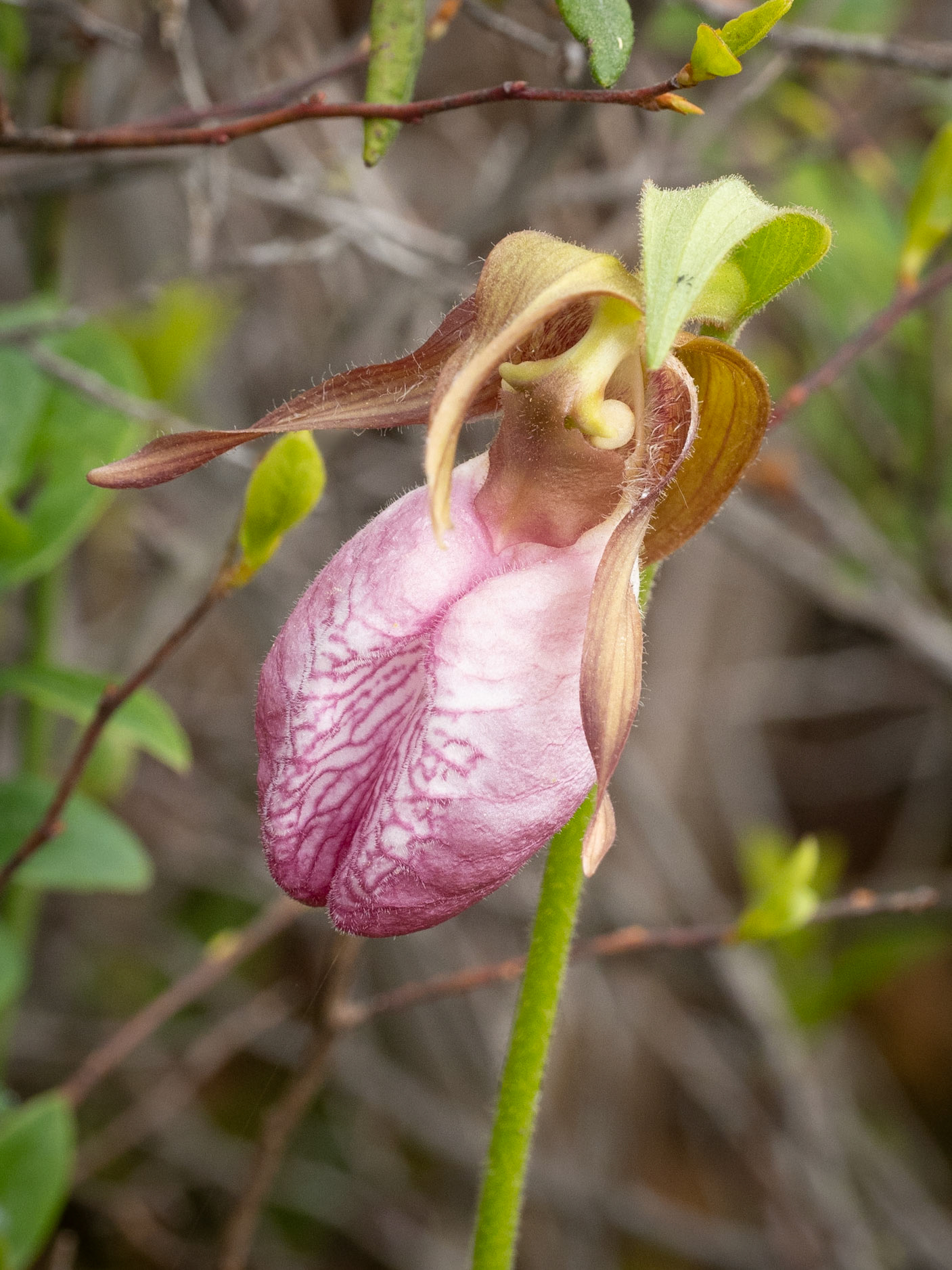

Two weeks later, the blossoms had all finished with the exception of one that definitely was past its best before date.

There were a number of other flowers blooming in June, some during the visit in the first 10 days of the month and a changeover with some different ones in the last 10 days of the month.

Labrador Tea

Dogwood/Bunchberry
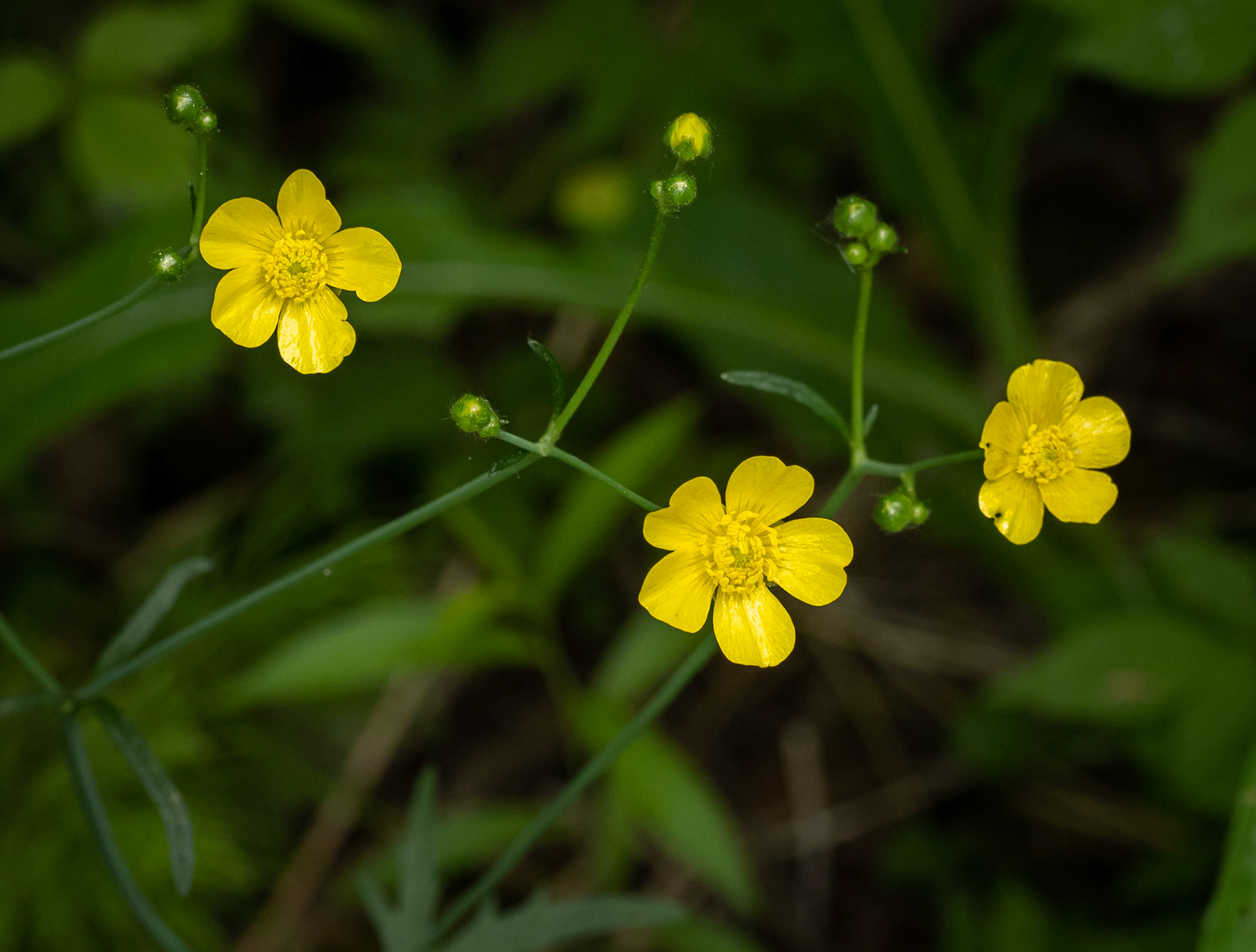
Buttercup

Buttercup

Bladder Campion

Laurel

False Lily of the valley

Blue Flag

Arrowhead

Bladder Wort

Mustard (one type)

Mustard (a second type)

Hawkweed

Tussuck cotton-grass
A new-to-me tufted loosestrife was blooming during the first visit, but was finished by the second visit


Some grasses were in bloom

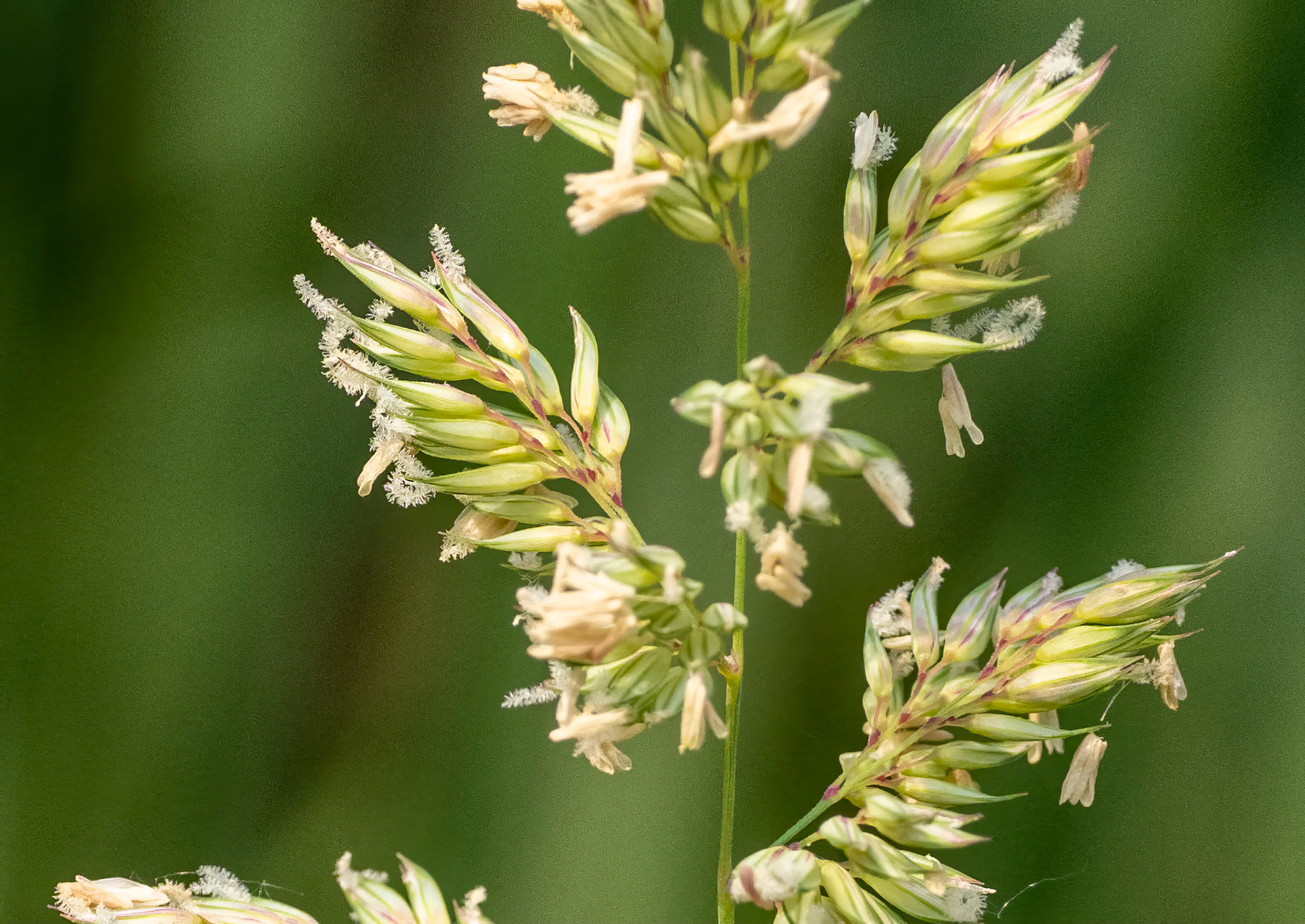
The new cat-tails were forming already while last year's were starting to disperse their seeds.


Red squirrels and chipmunks were around looking for food, another red squirrel was busy cleaning itself. A young rabbit was out on the trail. Its ears seemed to being allowing a lot of light through them. It looked as though he might have had a number of ticks in its ears.
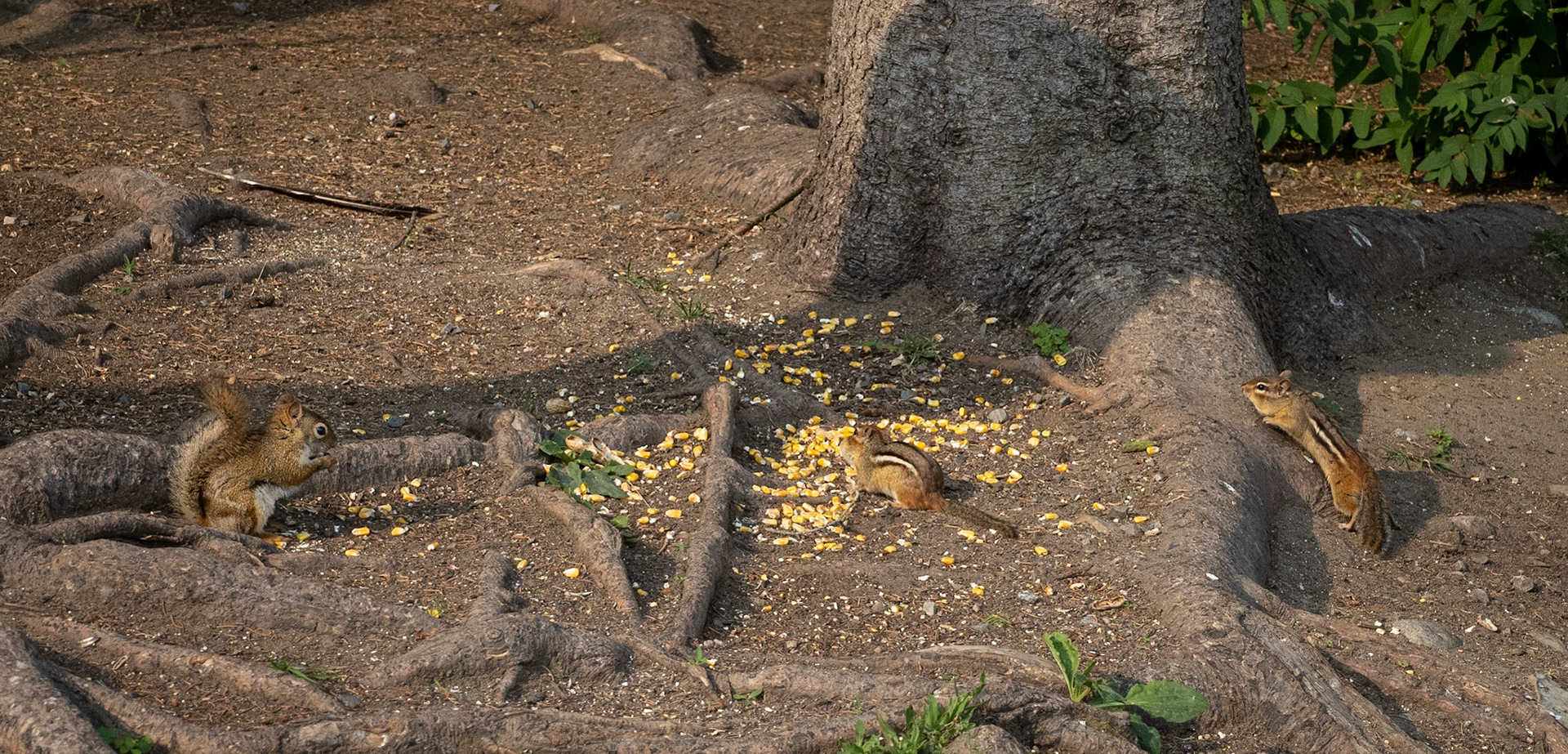



Bull frogs were croaking and painted turtles were sunning themselves.
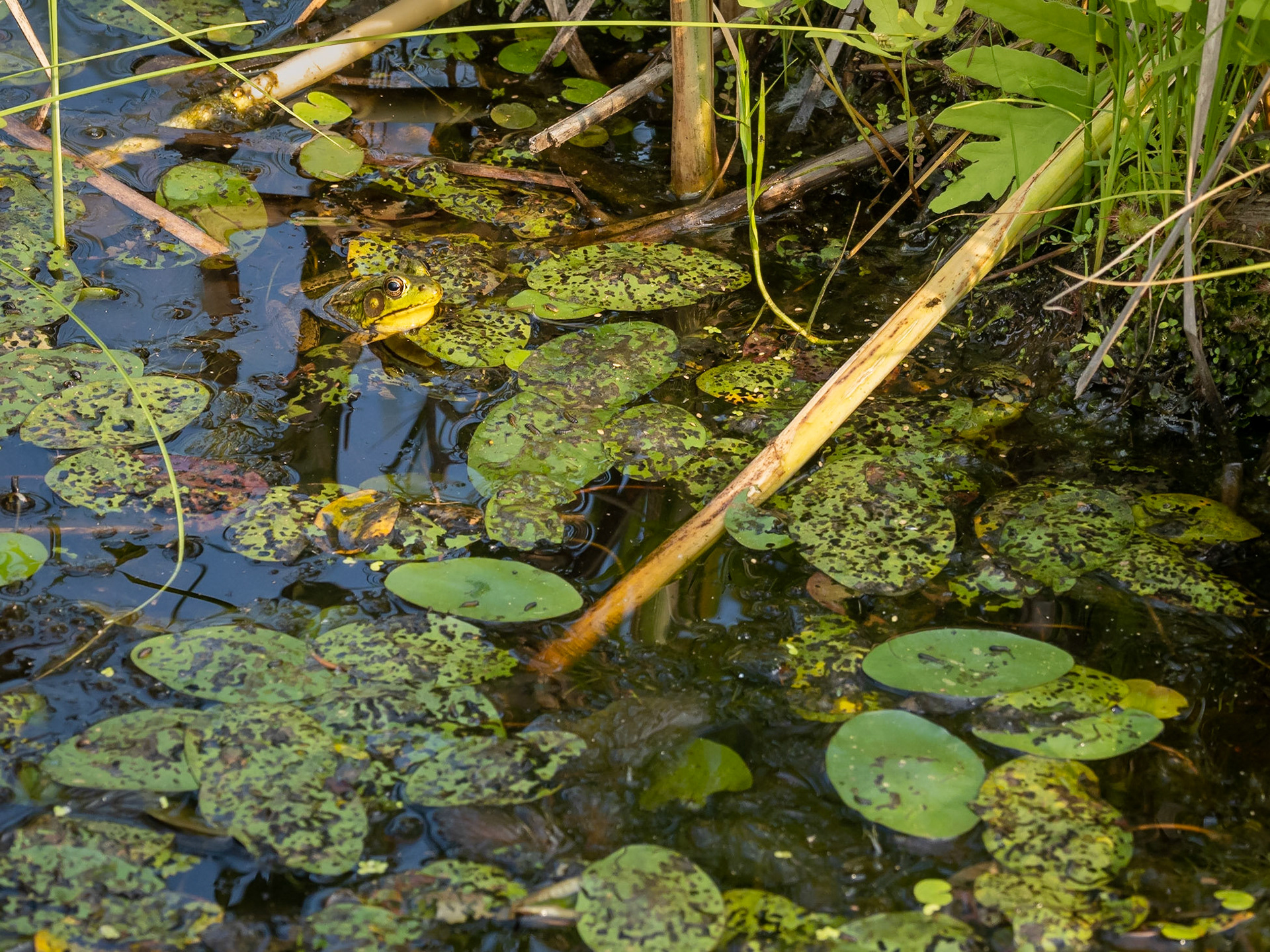

The tamarack trees were putting out new shoots, I didn't see any cones this year. There are still some trees to be cleaned up from last years derecho windstorm.


Purdon Fen, Lanark County
The Purdon Conservation Area in Lanark County, about 90 minutes west of Ottawa, is home to the largest colony of Showy Lady’s Slipper (Cypripedium reginae) in Canada. This rare plant is a member of the orchid family. It is native to North America and is restricted to the northeast region of the United States and the southeast regions of Canada. This beautiful orchid has vanished from much of its historical range due to threats such as habitat loss, wetland drainage, and over-zealous horticultural collectors. It grows in wetlands such as “fens” and also open wooded swamps.
The main area within the Purdon wetland is classified as a fen, which is defined as: “A peatland characterized by surface layers of poorly-to-moderately composted peat, with often well-decomposed peat near the base.” The Showy Lady’s Slipper grows mainly in mossy hummocks within this fen. What started out as a small cluster of native orchids in the 1930’s when it was discovered by Joe Purdon, has grown into a colony of more than 16,000 blooms!




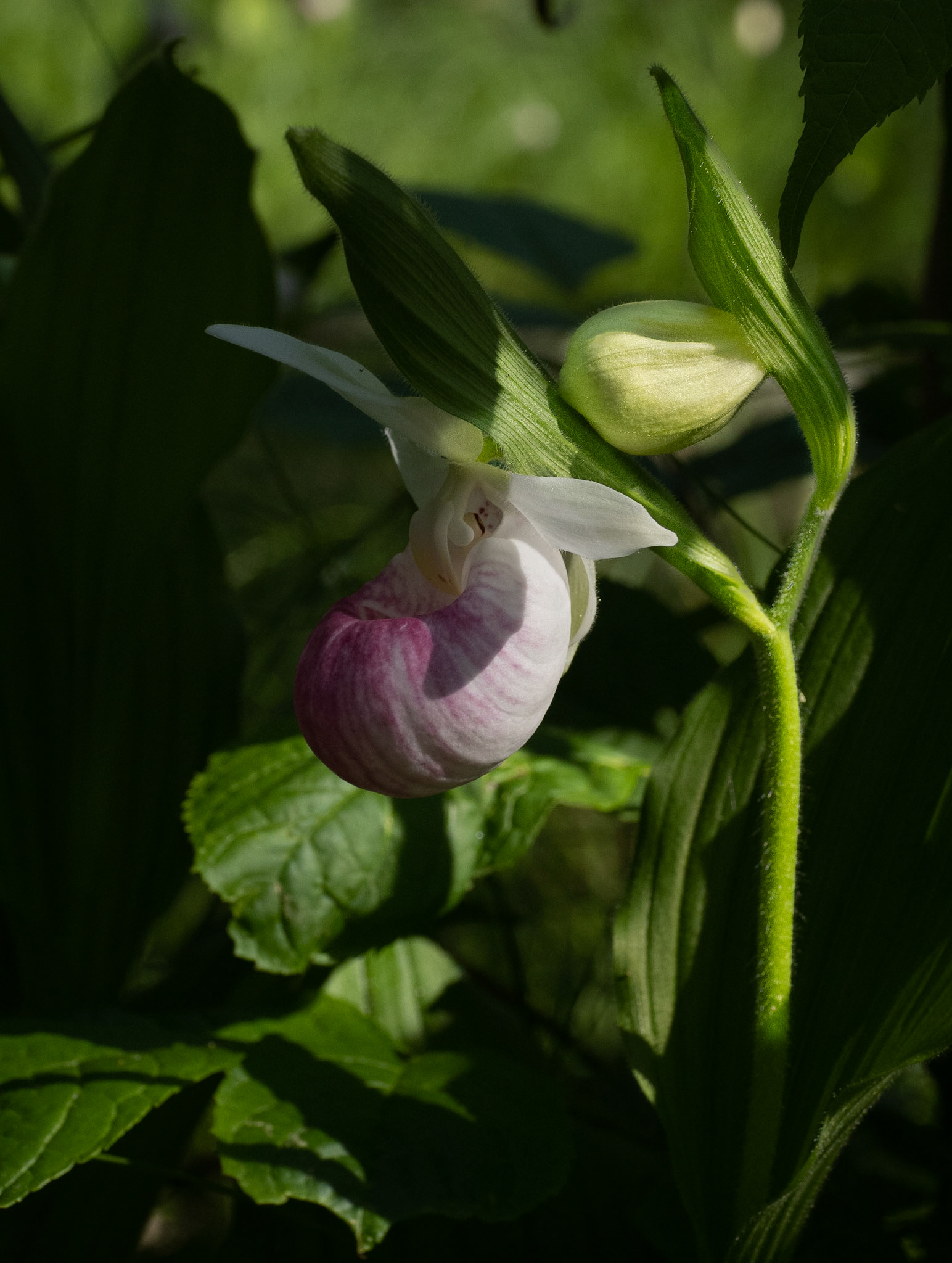

Also growing in the fen are pitcher plants.

